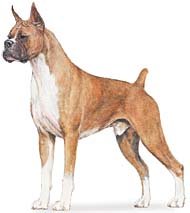
Impacted teeth:
-
What are impacted teeth?
- Impacted teeth remain below the surface and not exposed in the mouth.
- The most common impacted teeth are the mandibular first premolars.
-
What causes impacted teeth?
- Impacted teeth cannot erupt normally due to abnormal positioning, crowding or complete obstruction by bone or gums.
-
Can teeth appear impacted for other reasons?
- A tooth that has previously erupted may become submerged by overgrowth of soft tissue.
- A tooth that has previously erupted may become intruded by trauma.
- A tooth may erupt incompletely due to malocclusion.
-
What effect do these teeth have?
- Dentigerous cysts are the most common result of impacted teeth.
-
How is it diagnosed?
- Step 1: count the teeth
- Step 2: take dental radiographs even if there are 42 adult teeth; sometimes extra teeth are impacted.
-
How is it treated?
- If the impacted tooth is in an abnormal position that cannot be corrected, extraction is required.
- If the impacted tooth is in a normal position and still developing, remove the obstruction then monitor the pattern of eruption. Extraction may be required if the tooth becomes submerged.
- If the impacted tooth is in a normal position but development is complete, extraction or surgical correction may be required.
- If a dentigerous cyst is present, oral surgery is required.
COMING SOON: Dentigerous cyst





